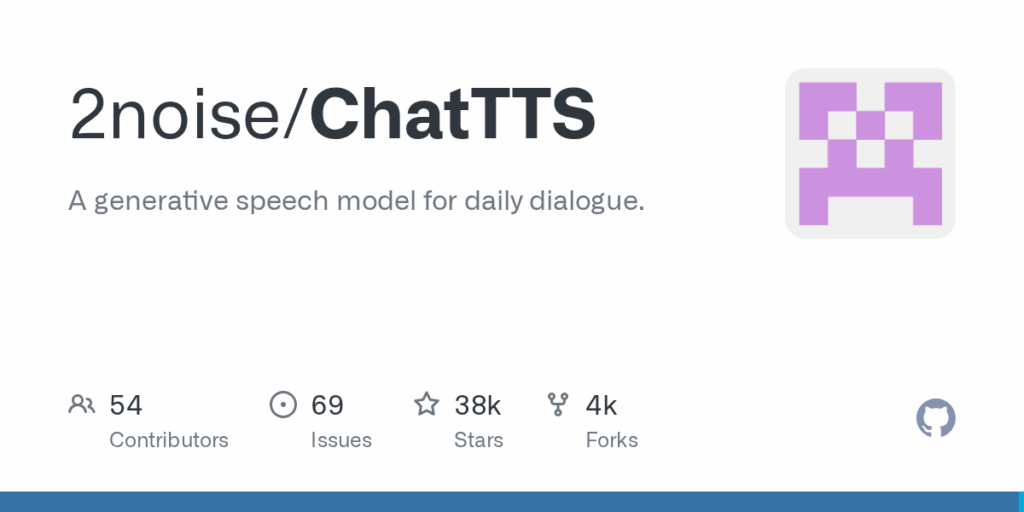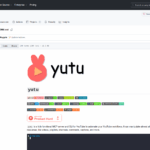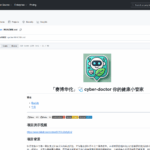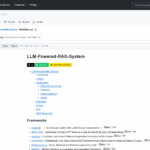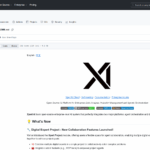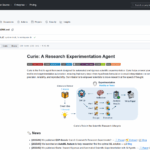ChatTTS
Basic Information
ChatTTS is an open source text-to-speech project focused on dialogue applications and conversational speech synthesis. The repository contains algorithm infrastructure, example scripts, a WebUI and command-line inference examples, and instructions to install via PyPI, GitHub or local editable install. It provides pretrained models and supporting files, with the main research model trained on a very large multilingual corpus and an open-source 40,000-hour pretrained checkpoint available on Hugging Face. The codebase is licensed under AGPLv3+ and the model under CC BY-NC 4.0 for academic and research use. The README documents supported languages (English and Chinese), usage examples for basic and advanced inference, and contact channels and community resources for discussion. The project also includes a disclaimer and technical notes about streaming audio generation and planned future releases.

